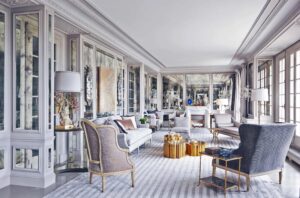
In a world that seems to be moving at an ever-faster pace, many of us find solace and rejuvenation in the natural world. It is no wonder that we seek to bring the outdoors in when it comes to interior design. Biophilic design, the art of connecting with nature through the built environment, has become a captivating and essential aspect of modern interior design.
In this introduction, we will explore the principles of biophilic design and how it can elevate well-being, harmonize spaces, and create a deep sense of connection to the natural world.
1. The Human-Nature Connection
Our connection to nature is deeply ingrained in our DNA. The human-nature bond is an essential aspect of our overall well-being. Let is delve into the profound ways in which biophilic interior design nurtures this connection.
1.1. A Breath of Fresh Air
Incorporating natural elements like indoor plants and green walls into interior spaces not only enhances aesthetics but also improves indoor air quality. Plants act as natural air purifiers, removing toxins and releasing oxygen, creating a fresher, healthier atmosphere.
1.2. The Healing Power of Views
Views of nature, even if they are mere representations through art, photographs, or actual windows, have a remarkable impact on our well-being. These views provide moments of respite, reduce stress, and promote mental clarity. They are especially crucial in urban environments, where glimpses of greenery can be scarce.
1.3. Nature’s Patterns and Textures
The textures and patterns found in the natural world have an inherently calming effect. Wood, stone, and water-inspired designs offer tactile and visual stimulation that resonates with our sensory experiences in the great outdoors. These elements create a harmonious and balanced environment.
By thoughtfully incorporating elements of the natural world into our interior spaces, we can create harmonious, sustainable, and health-promoting environments. This article will delve deeper into the principles and practices of biophilic design, exploring how you can bring the bliss of nature into your living spaces.
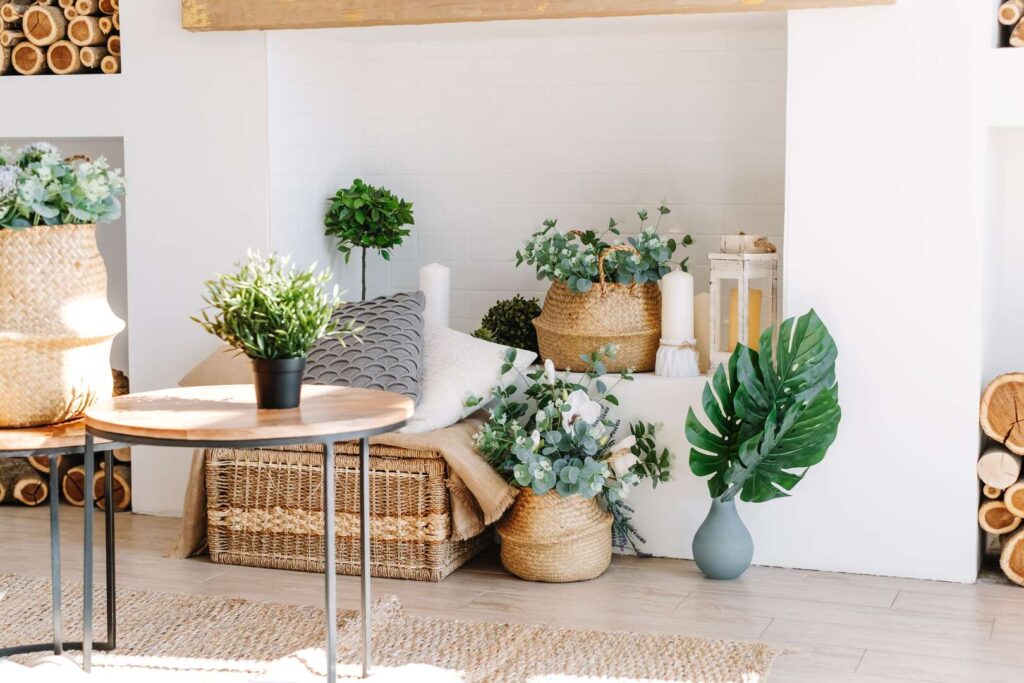
2. Elements of Biophilic Design
Biophilic design, at its core, seeks to reconnect us with the natural world, even in the midst of our urban environments. This design approach incorporates several key elements:
2.1. Nature-Inspired Materials
Utilizing natural, sustainable materials is a foundational element of biophilic design. Incorporate materials like wood, stone, bamboo, and cork for a natural and earthy feel. These materials not only look great but also contribute to a healthier indoor environment.
2.2. Indoor Plants
Bringing the outdoors in with indoor plants is a classic biophilic design element. Houseplants, vertical gardens, and living walls not only add a refreshing aesthetic but also improve air quality and overall well-being.
2.3. Nature-Inspired Color Palettes
Choosing colors inspired by the natural world is another key element. Earthy tones like greens, browns, and blues, along with soft, muted shades reminiscent of sunsets and landscapes, can create a calming and soothing environment.
2.4. Natural Shapes and Patterns
Incorporate organic shapes and patterns found in nature. Think of furniture with curves reminiscent of the human body, patterns that mimic tree bark, or decor items that mirror the symmetry of leaves. These design elements add an authentic touch of the outdoors.
2.5. Visual Connections to Nature
Include features like large windows with unobstructed views, or strategically place mirrors to reflect outdoor scenery. These design choices enhance the connection to the natural world and provide a sense of space and depth.
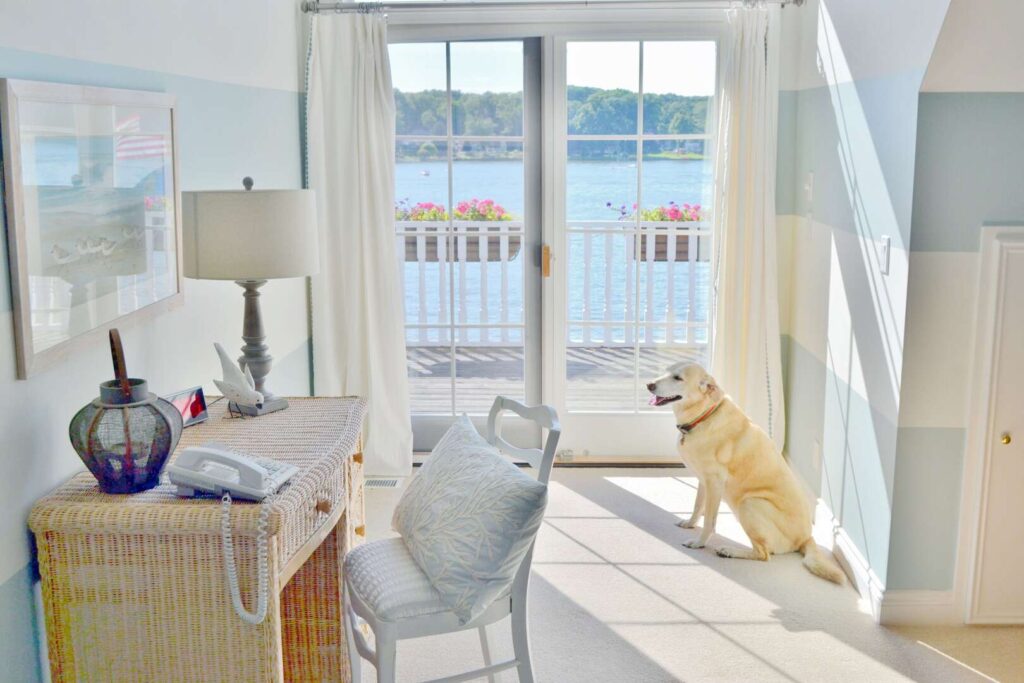
3. Natural Light: A Vital Ingredient
Natural light plays a pivotal role in biophilic design, and it is an element that profoundly influences our well-being. Here is how it contributes:
3.1. Health and Well-being
Exposure to natural light has a direct impact on our physical and mental health. It regulates our circadian rhythms, helping us maintain healthy sleep-wake cycles. It also boosts our mood, productivity, and overall sense of well-being.
3.2. Visual Comfort
Natural light reduces eye strain and provides superior illumination for tasks and activities. It ensures that colors appear true, helping us better appreciate the nuances of biophilic design elements.
3.3. Connection to Nature
Large windows or strategically positioned skylights create a visual connection to the outdoors. This connection can reduce stress, lower blood pressure, and enhance our sense of tranquility.
3.4. Energy Efficiency
Incorporating natural light reduces the need for artificial lighting during the day, which, in turn, reduces energy consumption and lowers utility costs.
3.5. Design Harmony
Natural light complements biophilic design’s natural materials and colors, making the overall interior design feel more cohesive and harmonious. It accentuates the earthy and organic elements, enhancing the overall design’s effectiveness in elevating well-being.
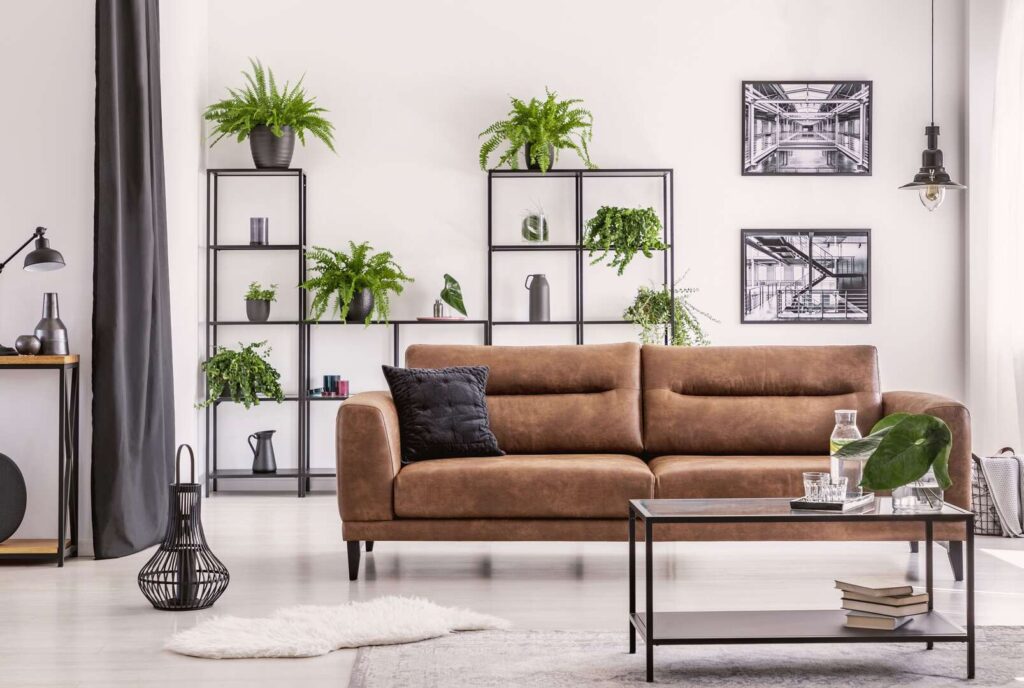
4. The Presence of Greenery
Incorporating greenery into your interior design is one of the most effective ways to infuse biophilic elements into your living space. Here is a comprehensive look at how to bring the soothing presence of nature indoors:
4.1. Houseplants as Focal Points
Houseplants are a versatile and aesthetically pleasing way to introduce greenery. They can serve as captivating focal points in various rooms. Consider large, leafy plants like the fiddle-leaf fig or peace lily in your living room or a collection of smaller plants on shelves or in a window nook.
4.2. Vertical Gardens
Vertical gardens or living walls are a stunning way to integrate nature into your interior design. These lush, vertical plant displays not only enhance the beauty of your space but also contribute to better indoor air quality. They are an ideal choice for compact homes where horizontal space is limited.
4.3. Herb Gardens in the Kitchen
Bring the charm of nature into your kitchen by setting up an herb garden. Having fresh herbs like basil, rosemary, or mint at your fingertips not only elevates your cooking but also provides a refreshing sensory experience.
4.4. Atriums and Indoor Courtyards
For those with more extensive living spaces, consider creating an indoor atrium or courtyard. These open, garden-like spaces can become serene retreats within your home. Large potted trees, flowering plants, and even a water feature can transform such areas into personal oases.
4.5. Natural Light and Greenery
Positioning greenery strategically near windows and sources of natural light is vital. The interplay of sunlight with plants creates a dynamic and ever-changing atmosphere. It also allows plants to thrive, further enhancing the biophilic experience.
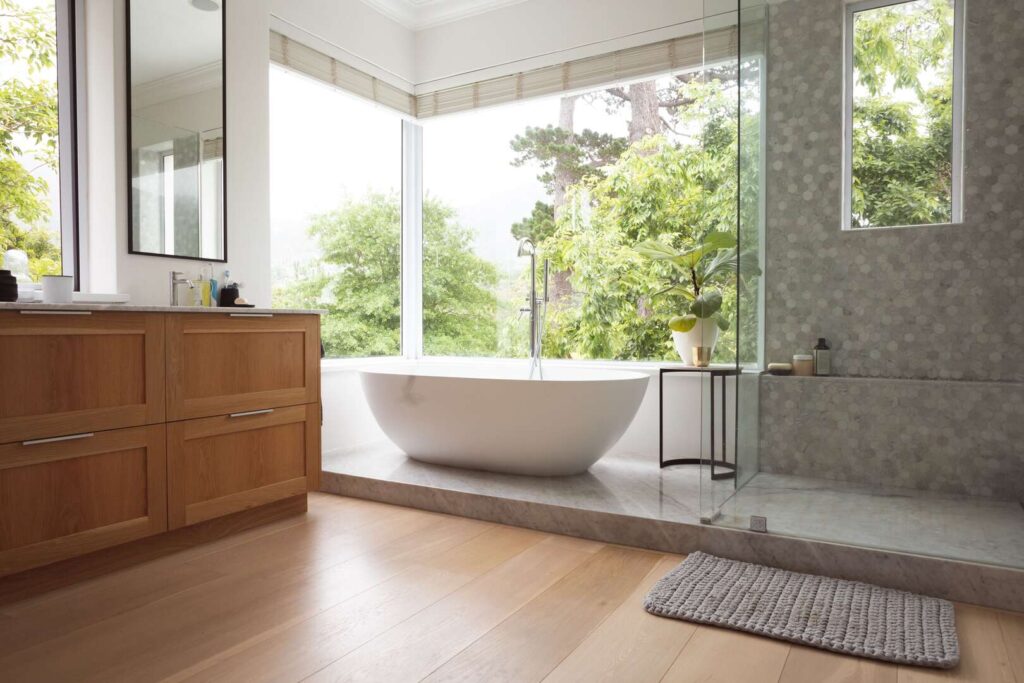
5. Natural Materials and Textures
The use of natural materials and textures in interior design can create a tactile and visually soothing connection to the outdoors. Here is how to achieve this:
5.1. Wood as a Dominant Material
Wood is a versatile material that can be used in various forms, from flooring and furniture to ceiling beams and wall paneling. Its warm, earthy tones provide a strong link to nature. Opt for reclaimed or sustainably sourced wood to enhance the eco-friendliness of your design.
5.2. Stone and Rock Accents
Incorporating stone or rock accents, such as granite countertops, slate floors, or even a stone feature wall, brings the rugged beauty of the natural world into your home. These materials evoke a sense of solidity and timelessness.
5.3. Textured Fabrics and Natural Fibers
Choose textiles and upholstery made from natural fibers like cotton, linen, or wool. Textures such as jute rugs, raw silk curtains, or sisal upholstery can add depth and tactility to your interior design while mirroring the organic feel of the great outdoors.
5.4. Earthy Color Palettes
Consider earthy color palettes inspired by the natural world. Shades of brown, green, and warm neutrals create a harmonious backdrop for your interior design. These colors can be applied to walls, furnishings, and decor items.
5.5. Biophilic Accessories
Do not forget to include biophilic accessories like wooden sculptures, stone vases, or botanical prints in your design. These items add the finishing touches and enhance the overall connection to nature.
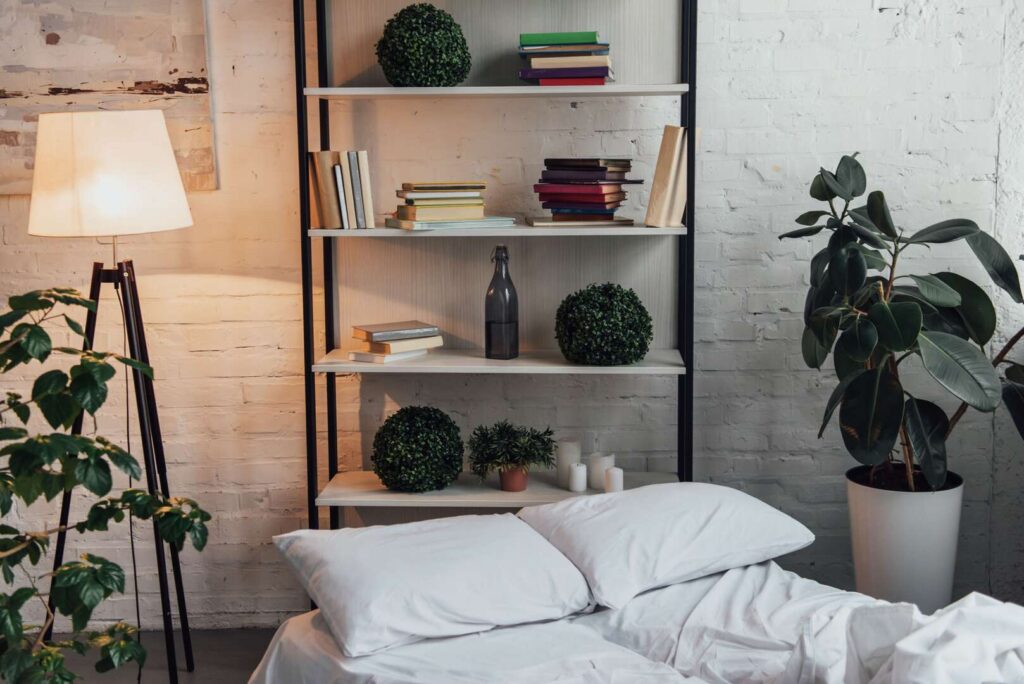
6. Biophilic Design in Different Settings
Biophilic design can be applied to various settings, from homes to offices and public spaces. Here is how it can transform different environments:
6.1. Residential Spaces
In homes, biophilic design focuses on creating a connection with nature. This can include the use of natural materials like wood and stone, large windows that provide views of the outdoors, and indoor plants. In bedrooms, consider organic bedding and furniture made from sustainable materials. Biophilic elements in residential spaces can promote relaxation, reduce stress, and improve overall well-being.
6.2. Office and Workplace
The incorporation of biophilic elements in the workplace has gained popularity. Natural lighting, living walls, and the use of natural colors can create a more comfortable and productive work environment. Studies have shown that employees in spaces with biophilic design report higher job satisfaction and better overall health.
6.3. Healthcare Facilities
In healthcare settings, biophilic design can have a positive impact on patient recovery. Incorporating natural elements, such as views of gardens or artwork inspired by nature, can reduce stress and anxiety. Well-designed outdoor spaces in healthcare facilities can also aid in the healing process.
6.4. Hospitality and Retail
Hotels and retail spaces use biophilic design to enhance the customer experience. Living walls, indoor water features, and natural materials can create a welcoming and soothing atmosphere. This encourages customers to stay longer, potentially leading to increased sales and repeat visits.
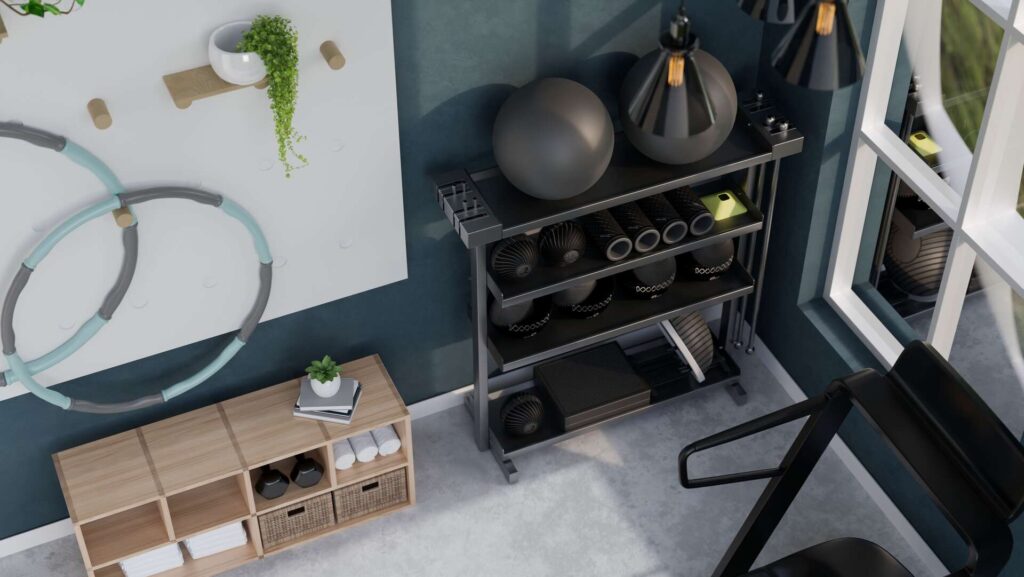
7. Wellness and Sustainability
Biophilic design not only enhances well-being but also aligns with sustainability principles. Here is how it contributes to wellness and sustainability:
7.1. Improved Air Quality
Incorporating indoor plants, a common element of biophilic design, can improve indoor air quality by filtering out pollutants. This contributes to a healthier indoor environment and reduces the need for artificial air purification systems.
7.2. Energy Efficiency
Biophilic design can improve energy efficiency. Large windows that provide natural light reduce the need for artificial lighting, while proper shading and ventilation strategies can help regulate indoor temperatures. This leads to energy savings and a reduced environmental footprint.
7.3. Use of Sustainable Materials
Biophilic design often emphasizes the use of sustainable and natural materials. Furniture and finishes made from reclaimed wood or recycled materials promote sustainability. Choosing local materials also reduces transportation-related emissions.
7.4. Connection to Nature
Biophilic design fosters a deeper connection to nature. This connection can inspire a greater appreciation for the environment, leading to more eco-conscious choices and behaviors.
By integrating biophilic design into various settings and considering its wellness and sustainability aspects, we can create spaces that not only look beautiful but also promote our well-being and the health of our planet. Whether it is in our homes, offices, healthcare facilities, or commercial spaces, biophilic design has the power to transform our lives for the better.
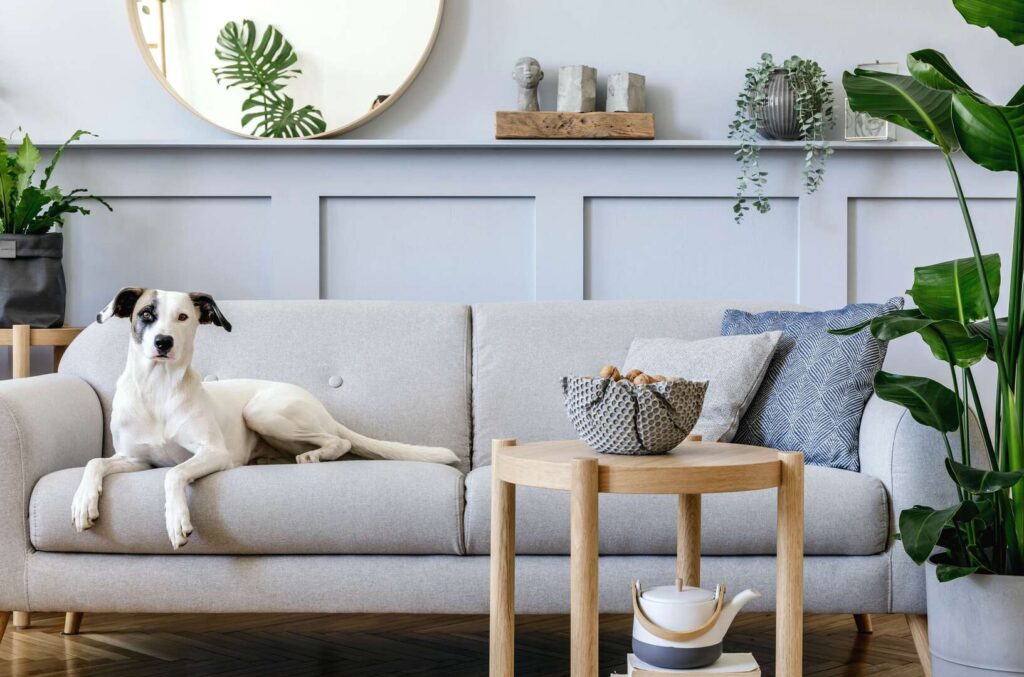
8. Incorporating Biophilic Design at Home
8.1. Embrace Natural Light
Maximize natural light by using large windows and strategically placing mirrors to reflect sunlight. This not only brightens your space but also reduces the need for artificial lighting, saving energy.
8.2. Choose Natural Materials
Opt for furniture and decor crafted from natural materials like wood, stone, and bamboo. These not only look stunning but also connect you with nature’s authenticity. Reclaimed and recycled materials are excellent choices for eco-friendliness.
8.3. Incorporate Plants
Plants are the quintessential element of biophilic design. Introduce a variety of indoor plants to different rooms, from small succulents to large leafy specimens. They purify the air, add a splash of color, and create a sense of well-being.
8.4. Water Features
Water features, like indoor fountains or even a small tabletop waterfall, can evoke the serenity of a natural stream or brook. The gentle sound of flowing water is incredibly calming.
8.5. Natural Color Palette
Choose a color palette inspired by nature. Earthy tones, leafy greens, and ocean blues create a tranquil atmosphere. These colors are also known for reducing stress and promoting relaxation.
8.6. Textured Fabrics
Incorporate textured fabrics like jute, sisal, and linen. These materials mimic the feel of natural elements, adding depth and tactile comfort to your space.
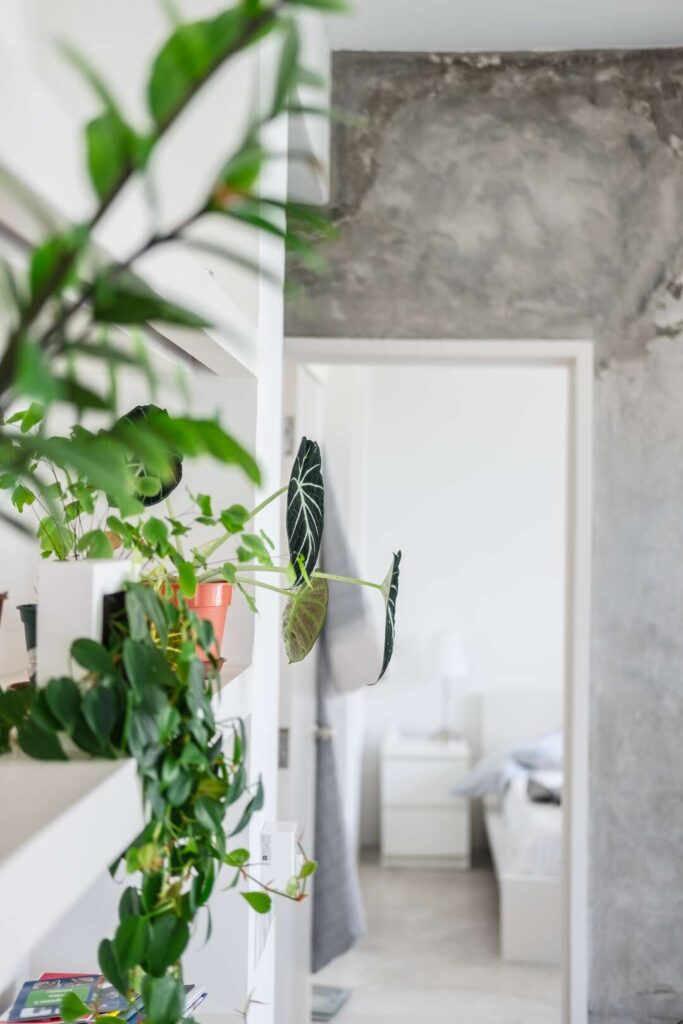
Conclusion
Biophilic design is not merely a trend but a timeless approach to interior design that connects us to the natural world. It allows us to revel in the beauty of nature while enjoying the comforts of our home. As you embark on your biophilic design journey, remember that it is a personal and creative process.
Whether you make subtle changes or undergo a complete interior transformation, the rewards in terms of well-being and aesthetic satisfaction are immeasurable. So, embrace the art of biophilic design and let the soothing essence of nature infuse your daily life.
Recent Articles
-
 Winter's Warm Embrace: Crafting A Cozy Sanctuary With Hygge-Inspired Décor
Winter's Warm Embrace: Crafting A Cozy Sanctuary With Hygge-Inspired Décor -
 The Art Of Elevating Well-Being With Nature-Infused Interior Design
The Art Of Elevating Well-Being With Nature-Infused Interior Design -
 Enigmatic Allure: The Timeless Elegance Of Embracing Dark Colors In Interior Design
Enigmatic Allure: The Timeless Elegance Of Embracing Dark Colors In Interior Design -
 Sustainable Serenity: Crafting Eco-Friendly Sanctuaries With Organic Materials In Interior Design
Sustainable Serenity: Crafting Eco-Friendly Sanctuaries With Organic Materials In Interior Design


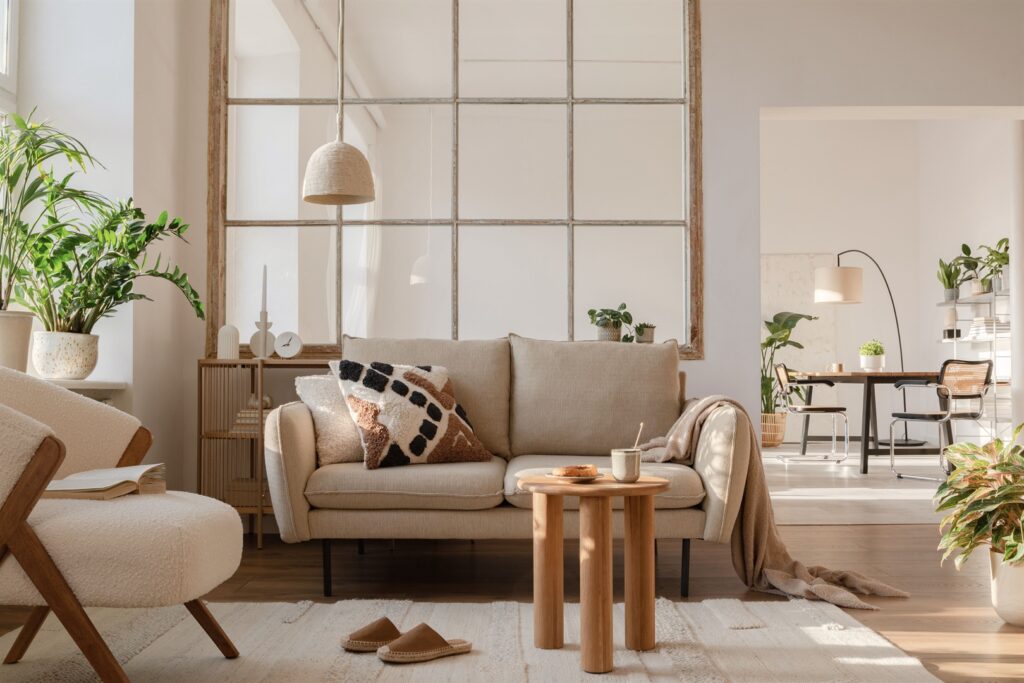
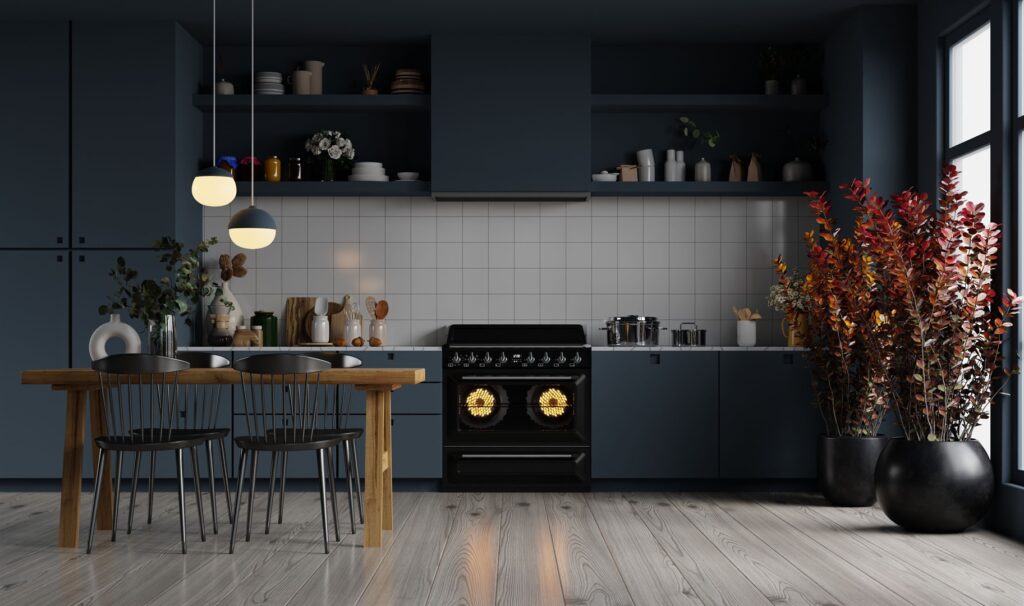
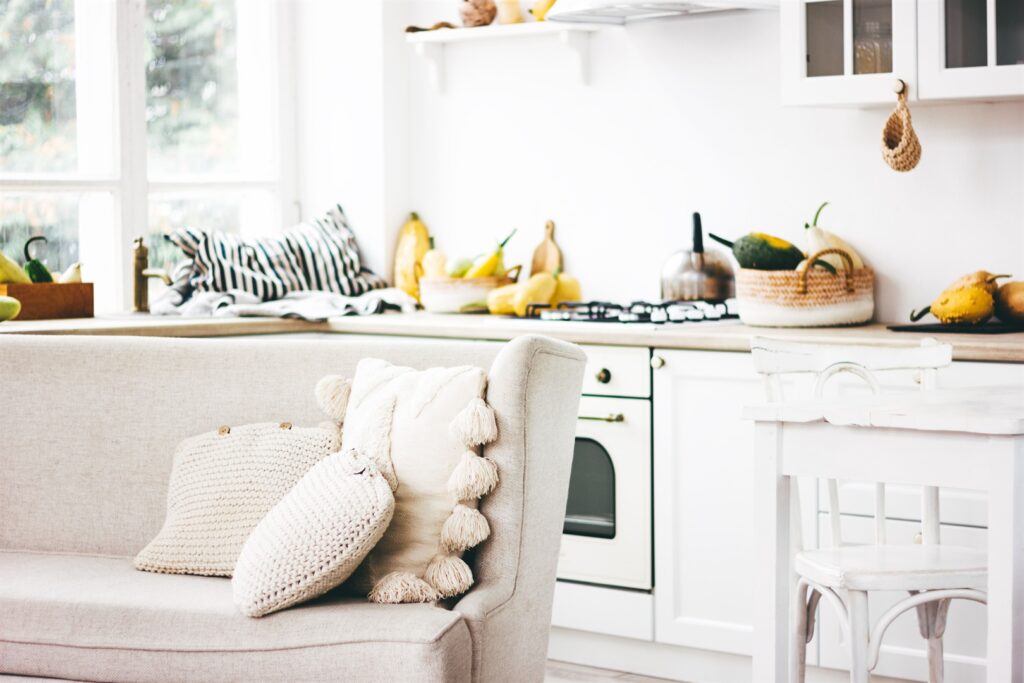
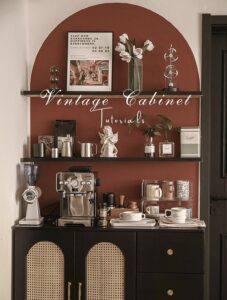

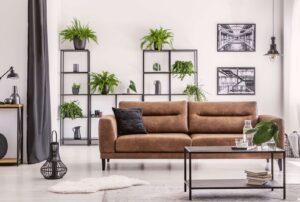

.png)